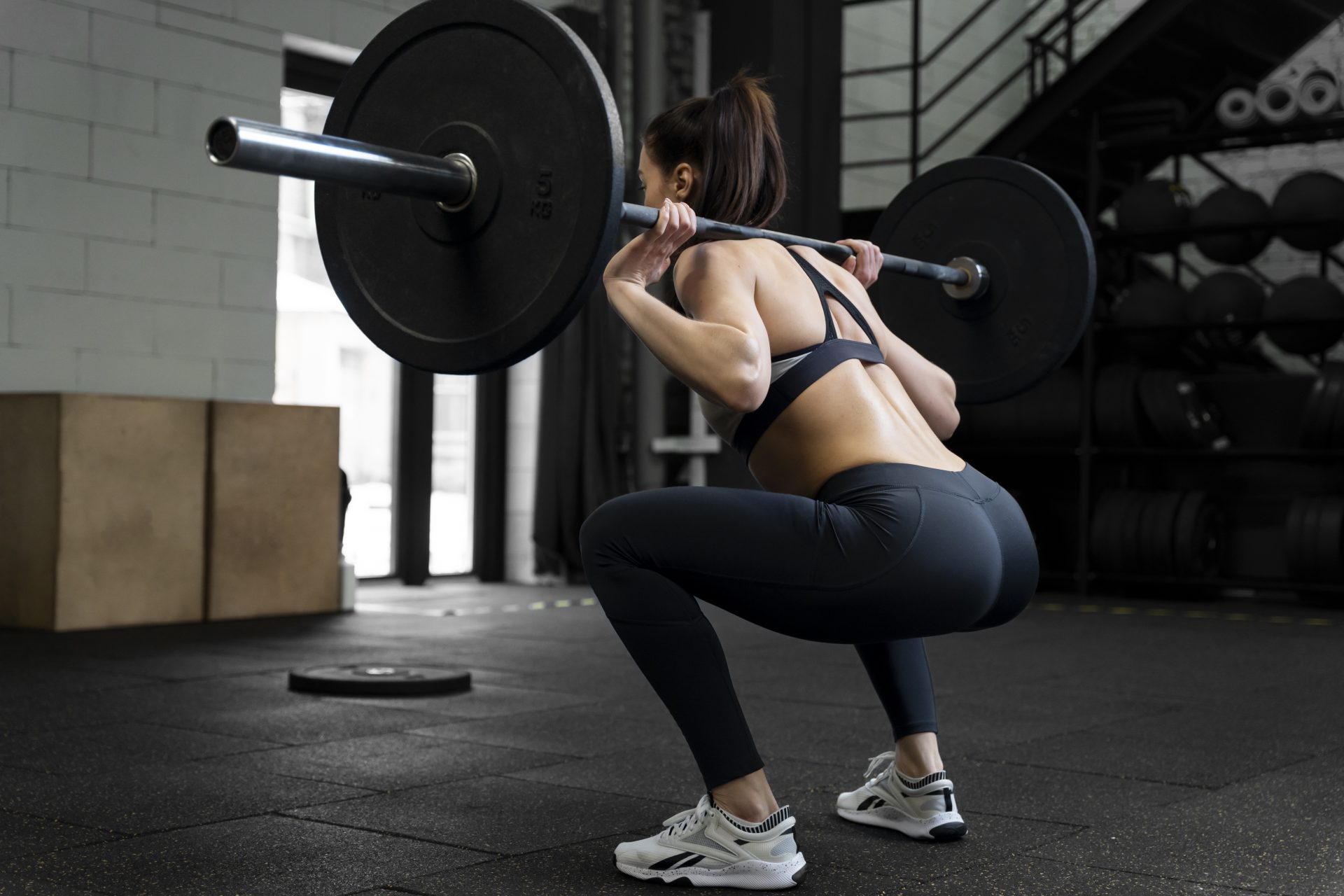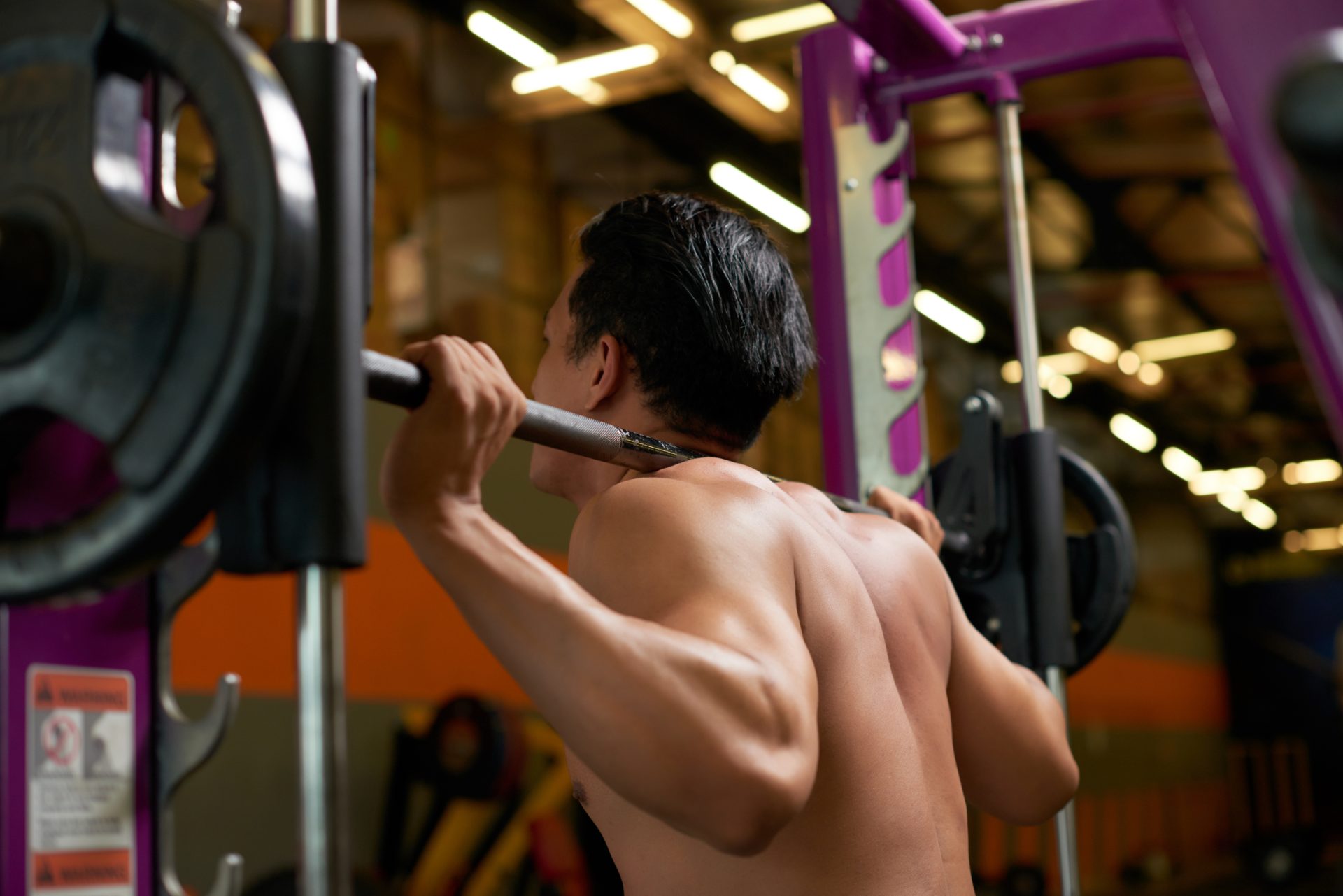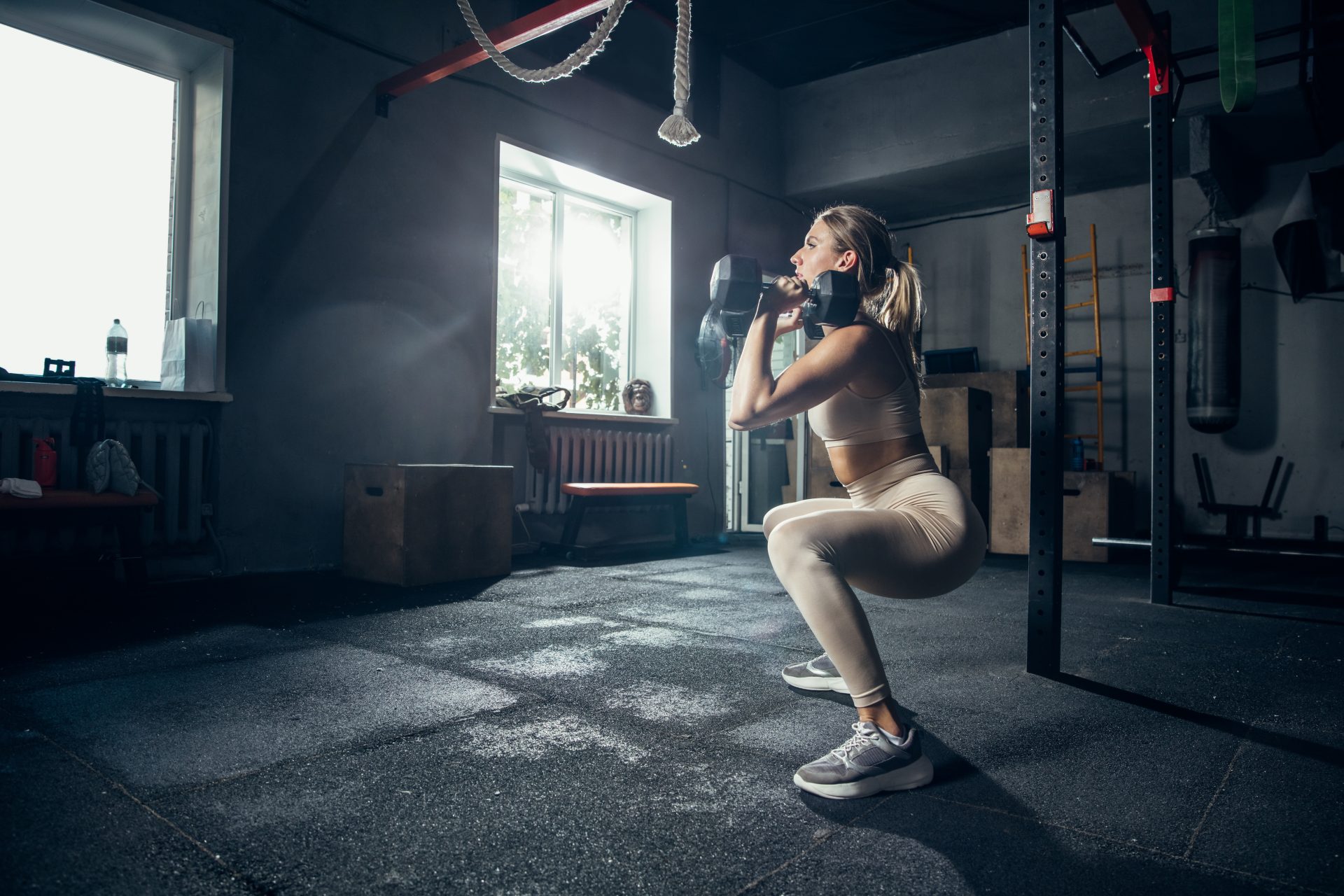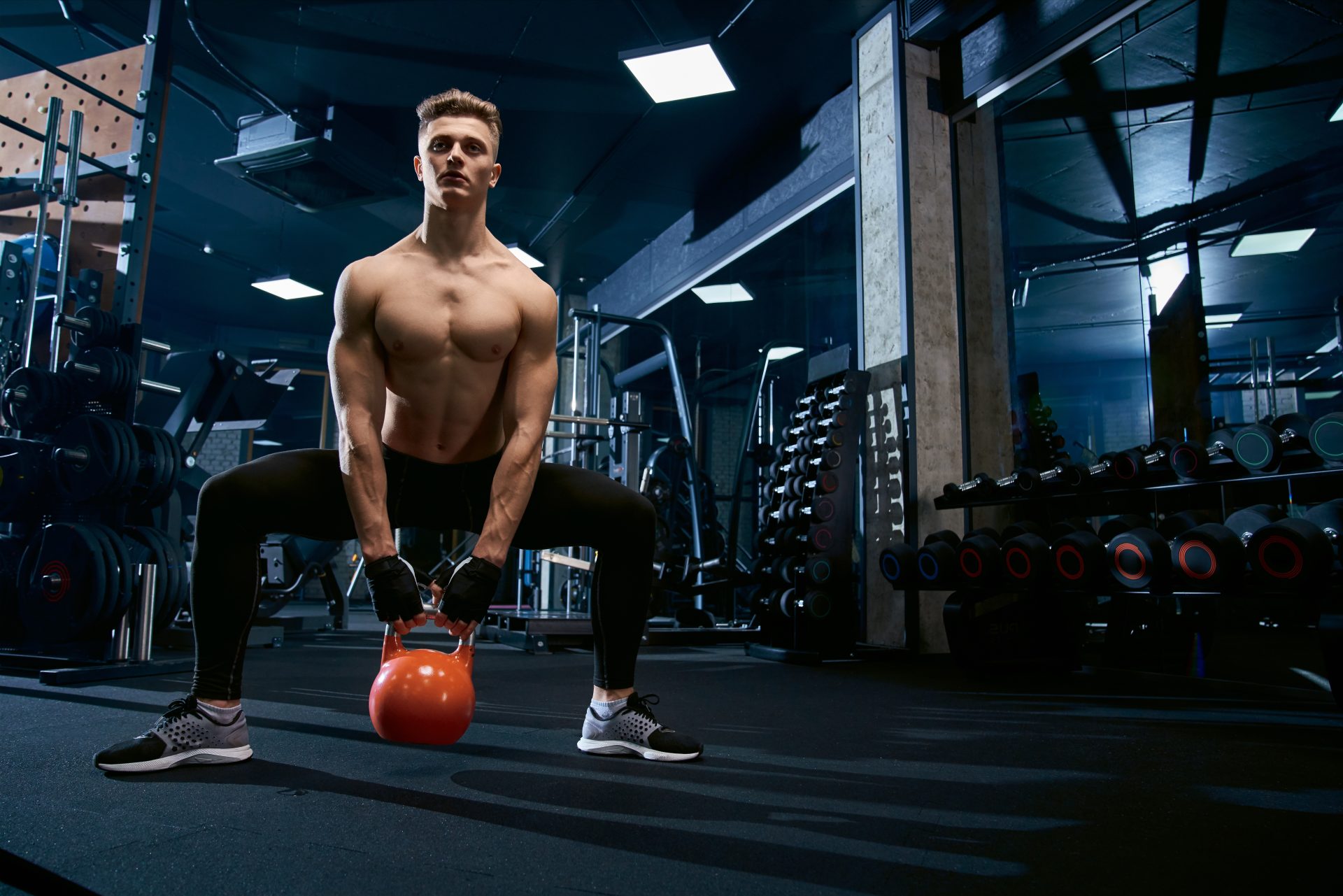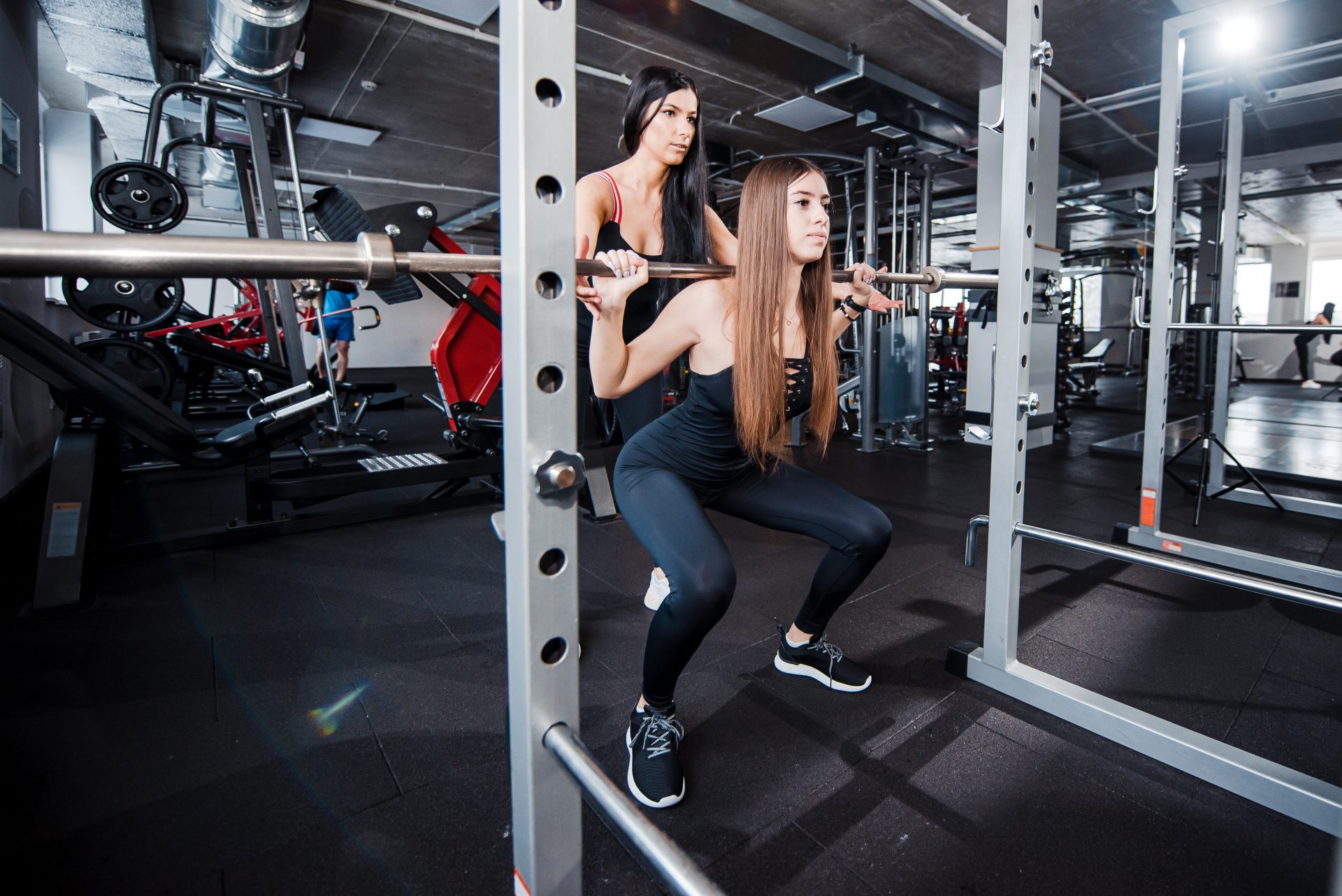Are you ready for unlocking your squat potential? In this guide, you will find out how to squat and improve your technique. Squats are an essential part of any strength training routine. They provide a full-body workout and can help you build muscle, improve balance, and enhance overall fitness. However, many people struggle with perfecting their squat form and improving their squat strength. Come with us and explore the science behind squats.
Contents
Fundamentals
Squatting is a fundamental exercise that is essential for overall strength and fitness. However, many people struggle with proper technique and form, which can lead to injury and lack of progress.
First and foremost, it is important to have proper form when squatting.
In short, this is how a perfect squat technique looks like:
- Keeping your chest up and back straight
- Keeping your weight on your heels
- Keeping your knees in line with your toes
- Lowering your body until your thighs are parallel to the ground (or slightly below)
- Pushing through your heels to return to the starting position
In this guide, we will cover the proper technique for squatting, as well as tips and tricks for increasing strength and efficiency.
Acclimating Drills
One effective way to increase your squats is to prime the nervous system by using acclimating drills such as walkouts and pin squats
When most people think of squats, they think of the traditional barbell back squat that involves standing up with a loaded barbell resting on your upper back/shoulders.
This isn’t always the best approach for beginners, as it can be intimidating or even dangerous if done incorrectly.
Instead, start off with acclimating drills such as walkouts or pin squats that involve loading a barbell but not necessarily standing up with it.
These drills will help build strength and stability while also teaching proper form.
Walkouts
Walkouts involve loading up 95-105% of your one rep max and walking the weight out, bracing as you normally would, and then walking it back in without actually squatting it.
This can be done once or twice a month before your planned squat workout to make later sets feel lighter and to familiarize your upper back and stabilizers with heavy weight.
Pin Squats
Pin squats involve setting the bar on the safety pins at the bottom of the squat rack and starting with the concentric phase (trusted source).
This can be helpful for those who get intimidated by the traditional squat’s lowering phase.
Start with pins set around half squat depth and gradually lower the pin height over time until you reach parallel or below.
Improving Technique
Bar Position, Depth, and Stance Width
Once you’ve mastered your acclimating drills, you can move on to improving your technique by adjusting factors such as:
- bar position (high/low)
- depth (full/partial)
- stance width (narrow/wide)
Each of these factors can have an impact on your performance in the squat movement and should be considered when developing your routine.
For example, a wide stance may be better for someone trying to focus on glute activation while a narrow stance may be better for someone focusing on hamstring activation.
The low bar squat position is more efficient for heavy loads, but it may take some time to adjust to it.
Experimenting with different squat depths and stance widths can also help to target different muscle groups and prevent plateaus.
Eccentric Training
Eccentric training is another effective method for increasing squat strength. It refers to the process of performing the negative portion of an exercise (the lowering phase) with a slower and more controlled movement.
You can move a lot slower and with more control.
This can lead to increased muscle activation and improved muscle-tendon unit compliance (trusted source).
Increasing Muscle Activation with Resistance Bands and Chains
Another way to improve squat performance is through resistance training which involves using resistance bands or chains during the lowering phase of the exercise (the “eccentric” phase).
This method increases muscle activation which leads to greater gains in strength and power over time.
It also helps improve balance by forcing you to control the descent more carefully than you would without the additional weight.
Check this video from baller Jeff Nippard:
Proper Technique is a Must Have!
The front squat is one of the most effective exercises to maintain and improve your squat performance over time.
When implementing this exercise into your workout routine, it’s important to focus on proper form and technique.
While squeezing your shoulder blades together can help initiate movement in the rearwards direction, actively pushing the elbows up helps recruit a more powerful muscle beyond your elbow and shoulder joint.
Also, focusing on driving yourself out of the hole during the unracking and descent phases of a squat is vital for increased power output and maximal lifting weights.
Focusing on these scientific methods can really add to your squats’ overall performance over tme.
Squatting With Dumbbells
Squatting with dumbbells is a great way to challenge your muscles and increase squat strength, but it’s important to make sure your technique is on-point.
In order to optimize performance, you should adjust the bar position, squat depth, and stance width accordingly.
These small adjustments can have a big impact.
Incorporating squats into your workout plan regularly will help you hone in on the perfect squat form and strengthen all of the key muscles used for squatting with dumbbells.
The more attention you pay to proper technique in your squat sessions, the quicker and greater the results.
Pain During Squats? Correct Your Form!
Squats are an essential exercise that should be included as part of a regular strength training program.
This simple yet effective exercise helps to strengthen the muscles and bones in your hips, thighs, and buttocks, along with engaging core muscles. Knowing how to squat properly is key to getting the most out of this exercise.
Ideally, feet should be shoulder-width apart and toes pointing slightly outward. Keeping your spine neutral and maintaining good posture throughout the movement, sit back as if sitting into a chair while bending your knees.
Descend until your hip joint is lower than your knee joint without significant rounding in the back.
Drive through the heels and extend hips to come back up to starting position.
Squats can also be done holding weights for added challenge when doing static repetitions or maximum power with dynamic movements like jump squats or weighted jumps. No matter how you choose to add them in, squats are an important piece of any well-rounded fitness routine!
Is The Pain Still Not Gone? Try Alternatives!
As we said, squats are a fundamental exercise for overall strength and fitness, but for some people, they may be too difficult or painful to perform.
If you are one of these people, it is important to find alternative exercises that can provide similar benefits.
Here are a few exercises that can serve as alternatives to squats:
Lunges
Lunges are a great exercise for strengthening your quads, glutes, and hamstrings. When done correctly they work by engaging your lower body muscles while allowing you to move through a full range of motion (trusted source).
Benefits include increased flexibility, improved balance and coordination, and stronger leg muscles.
To perform a proper lunge make sure to keep your front knee over your front ankle and keep your torso upright throughout the movement.
Step-ups
Step-ups are another great way to target your main muscle groups. This exercise works by engaging your glutes and quads while also strengthening your core stability.
Benefits include increased mobility in the hips and legs as well as improved balance and coordination.
To perform a proper step-up make sure to alternate legs when stepping up onto the box or bench and always maintain good posture with your chest up tall throughout the movement.
Glute bridges
Glute bridges are an excellent exercise for strengthening underactive glutes which can lead to better posture alignment, improved athletic performance, and stronger posterior chain muscles (like hamstrings).
To perform a proper glute bridge make sure to press through the heels of both feet while squeezing your glutes at the top of each rep before slowly lowering back down again.
Deadlifts
Deadlifts are another great exercise for targeting all muscle groups simultaneously.
This exercise works by engaging major muscle groups including:
- quads, glutes, hamstrings
- lats (large back muscles)
- traps (shoulder muscles)
- abs/core stabilizers
Benefits include improved strength in larger muscle groups as well as increased power output from coordinated muscular contractions (i.e., deadlifting heavier loads).
To perform proper deadlift form make sure to keep the bar close to your body throughout the entire movement with eyes focused forward—not on the floor in front of you—and drive through your heels when standing up from each rep.
It is important to note that safety should be taken into consideration when performing this powerful lift.
Using proper technique is key but it is also wise to have spotters nearby if possible or use machines instead of free weights when available (to reduce risk of injury or strain).
Leg press
Leg press machines are a great way to target quads without putting too much strain on other areas like the knees or lower back (as compared with squats).
They work by pushing a weight away from your body using mainly quadriceps but also engage calves depending on foot placement during movement.
Benefits include increased strength in larger muscle groups as well as the improved balance between upper/lower body development due to the simultaneous engagement of multiple large muscle groups like quads, hamstrings, glutes, calves and abs.
To perform a proper leg press make sure feet stay flat on the platform throughout the entire range of motion while keeping knees slightly bent during the descent phase before pressing upward again with controlled speed & tempo against resistance provided by the machine or free weights used for this particular lift.
Box jumps
Box jumps are another great option for targeting all three muscle groups simultaneously while also improving plyometric power & performance thanks to their explosive nature & short duration reps required for maximum benefit during the execution process (trusted source).
Benefits include improved explosiveness and ability for quick acceleration & deceleration needed during certain sports activities such sprinting or basketball where agility matters most
Squat Strength
Improving one’s squat strength can often be a difficult process. However, science-based techniques such as walkouts and pin squats can help address this common challenge.
Furthermore, performing a regular routine on the smith machine is another great method that should be employed in order to comfortably increase one’s overall squat strength.
For instance, by controlling the speed of the barbell on the downward motion and monitoring balance throughout the movement, squatting your full weight safely and efficiently on the smith machine will help ensure gains in no time!
Not Only For Bodybuilders!
Squats are suitable for all athletes. They are ideal, for example, for NFL players.
Eccentric training is an effective way of improving muscle activation and boosting muscle-tendon unit compliance when using the squat rack.
This type of training involves purposely lowering the weight slowly, allowing your muscles to stretch and recoil as they contract, making them more responsive and powerful during a workout.
This can help you use the squat rack with maximum efficiency and ensure that you’re achieving better results, as your muscles are now activated earlier in the movement.
Additionally, it allows for the optimal use of tendons and ligaments which can also boost performance.
Eccentric training, therefore, offers great potential for people looking to use weights like the squat rack as part of a fitness regime.
Increase Explosive Power
Weighted squat exercises are an essential component of any successful fitness regimen.
Incorporating a variety of squat styles will boost muscle growth, help to prevent plateaus that accompany stale workouts, and target multiple muscle groups in one go.
Utilizing trusty front squat maneuvers with varying stances will promote stability and balance for joint security, as well as work leg muscles more efficiently.
Sturdy box squats with heavy weights also create an effective strength-building workout and increase the explosive power needed for many sports activities or everyday endeavors.
Squatting on something other than the ground challenges our different axes and helps build synergistic overall lower body strength.
No matter which squat is your new specialty, they’re all sure to blast the legs!
Variety Is Key
Varying your training routine is key when aiming to improve squat strength over time.
Explore different types of squats such as front squats or box squats that target different areas depending on what muscles you want to work on at any given time.
Additionally, varying your setup by changing positions like bar position (high/low), depth (full/partial), or stance width (narrow/wide) will help keep things fresh while also helping plateau prevention over long-term use.
Final Words
In conclusion, implementing science-based techniques into your workout routine is key for improved squat performance over time.
Eccentric training using resistance bands or chains will increase muscle activation while incorporating different squats into your routine can prevent plateaus from occurring over time.
Implement these tips today and watch as your squat strength improves!

